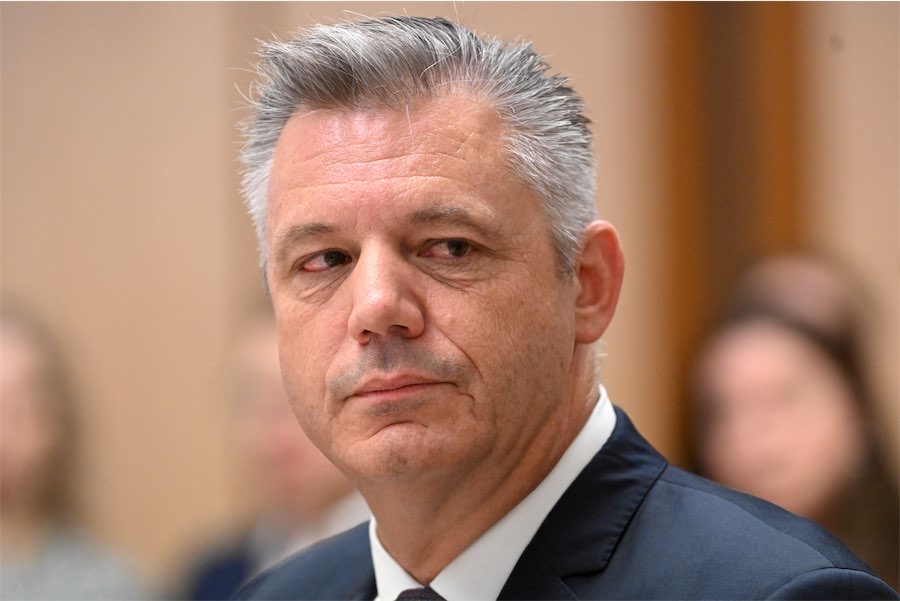THERE’S a greater risk of developing skin cancers and other diseases due to more than 40 years of ozone layer changes, which affect levels of UV radiation, according to a new study.

The study was conducted internationally, however, one of its lead authors, Prof Robyn Lucas from ANU, says it’s important to note here in Australia as the nation has one of the highest rates of the disease in the world – about 2000 Australians die of skin cancer every year.
Prof Lucas says the study highlights the harm associated with increased exposure to high levels of UV radiation.
“It puts people at greater risk of developing skin cancers and other diseases,” she says.
“Increased rates of skin cancer over the past 100 years show how susceptible some human populations would be to uncontrolled ozone depletion.
“For example, we know exposure to UV radiation accounts for up to 95 per cent of the risk of developing certain types of melanoma in light-skinned populations.”
While melanoma accounts for less than five per cent of cancers, Prof Lucas says it has a particularly high mortality rate, with around 60,000 deaths worldwide each year.
The study shows these numbers would have been much worse, if the Montreal Protocol hadn’t been implemented by the UN in 2008, which led to the phasing out of the use of man-made substances that deplete the ozone layer, primarily chlorofluorocarbons (CFCs) that were used in refrigeration and as the propellant in aerosols.
“Without the Montreal Protocol, UV radiation levels in the near future would be more than twice what the World Health Organization considers extreme in many parts of the world, and close to four times the extreme level in the tropics,” Prof Lucas says.
“These levels of UV radiation would have changed the whole way we live our lives – even a few minutes outdoors would have caused sunburn.”
Prof Lucas believes more work still needs to be done to address big “gaps in our knowledge” when it comes to understanding how climate change will affect ozone and the effects of changing UV radiation on human health.
“We need a better understanding of how not only humans, but other species, respond to UV radiation,” she says.
“The focus of concern regarding UV radiation has historically been on human health. We need long-term, large-scale studies to better understand how changes in UV radiation, together with other climate-change factors, also affect ecosystems on land as well as in the water.
“The outcomes of the Montreal Protocol show that globally united and successful action on complex environmental issues is possible.”
The research was conducted by members of the United Nations Environment Programme’s Environmental Effects Assessment Panel. The paper has been published online in “Nature Sustainability”.
Who can be trusted?
In a world of spin and confusion, there’s never been a more important time to support independent journalism in Canberra.
If you trust our work online and want to enforce the power of independent voices, I invite you to make a small contribution.
Every dollar of support is invested back into our journalism to help keep citynews.com.au strong and free.
Thank you,
Ian Meikle, editor





Leave a Reply